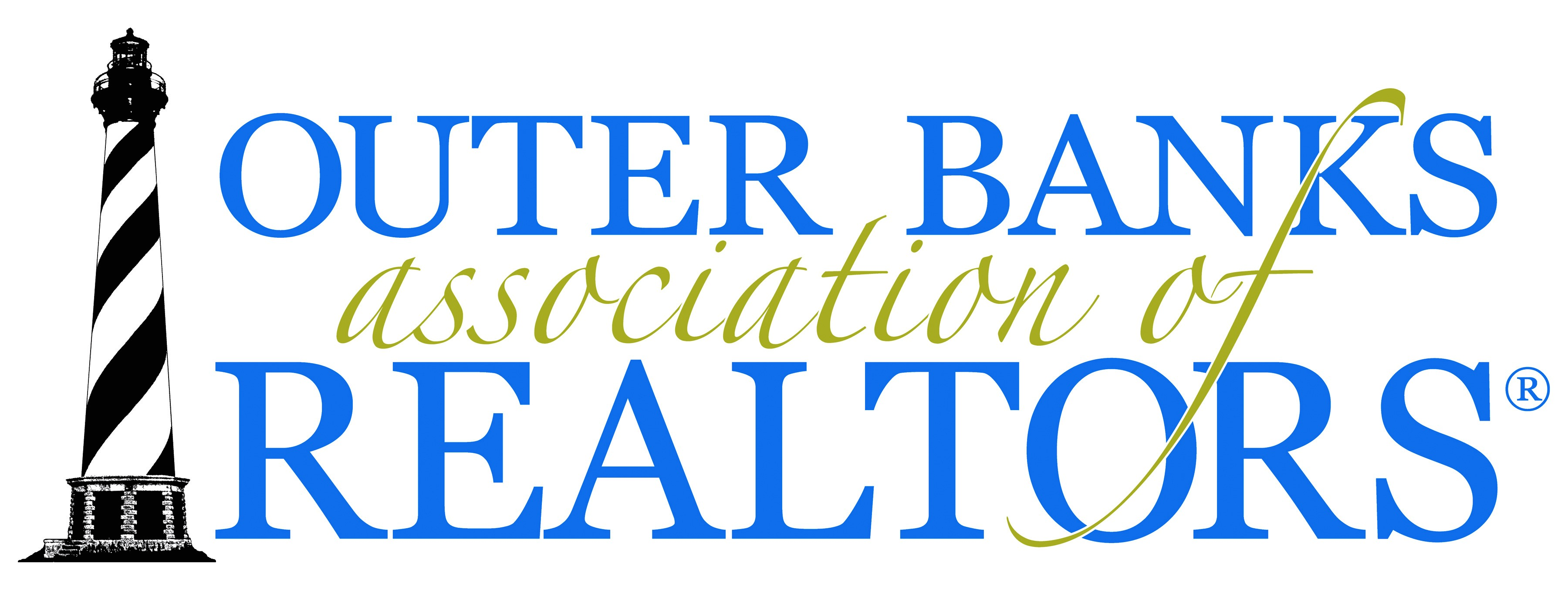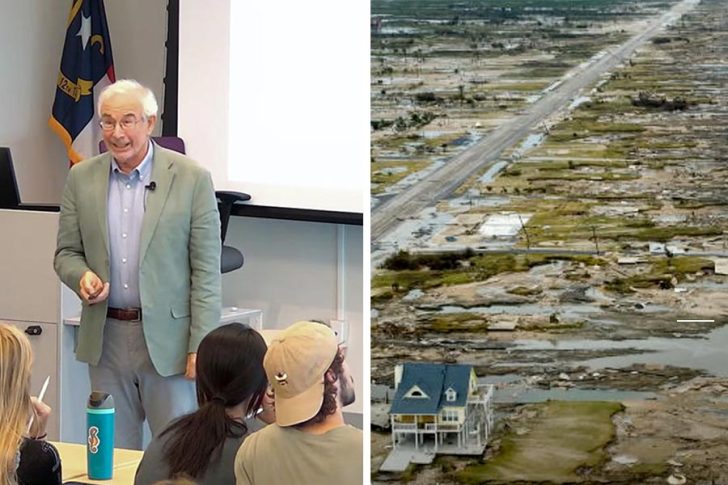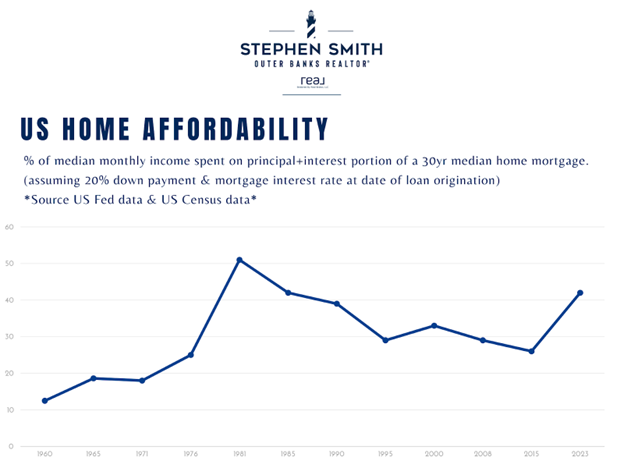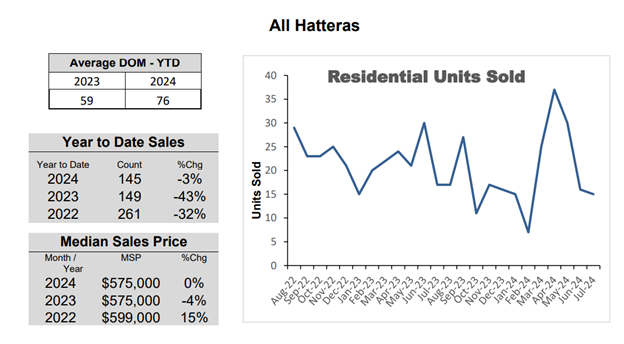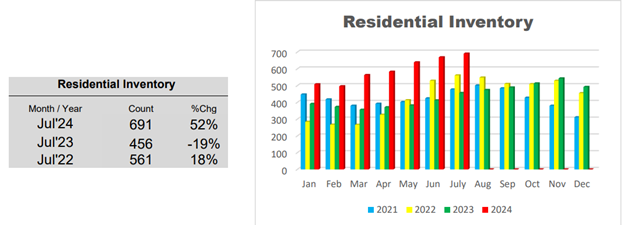At OBAR forum, concerns about property insurance rates
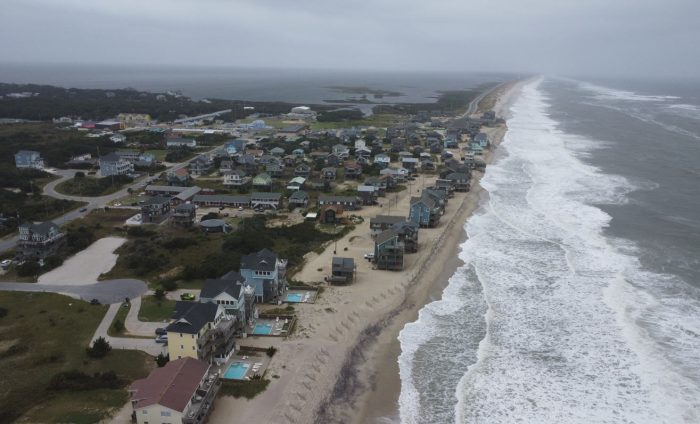
With many Outer Banks homeowners confronting a significant increase in their insurance premiums this year, the Outer Banks Association of Realtors (OBAR) hosted a meeting on property insurance on Thursday night, Nov. 2 at the Dare County Board of Commissioners meeting room on Roanoke Island to help provide some answers.
Soaring insurance rates are not a new phenomenon for coastal communities, OBAR CEO Willo Kelly told the audience, but the 10 percent 2023 statewide average rate increase seems to have caused more worry than in the past.
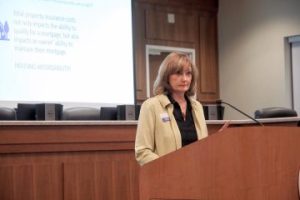
“Here’s what we’re hearing locally,” she said. “’Am I going to be forced out of my home because of the cost of property insurance? Am I going to not be able to sell my house because of the cost of property insurance?’”
Kelly traced the history of the coastal homeowner’s current insurance issues back to 2008, when “The Outer Banks, Currituck, Dare County, inland counties were facing a double-digit increase for property insurance” for the third time in six years.
Since that time, there have been important changes to the insurance market for coastal counties. The most significant change was the 2009 Essential Property Insurance for Beach Area Property Act which created the nonprofit organization, the North Carolina Insurance Underwriting Association (NCIUA).
NCIUA acts “as a market of last resort to provide adequate essential property insurance to property owners having insurable property in the Beach and Coastal Areas of North Carolina,” according to the organization’s website.
A last resort insurance was available to homeowners prior to 2009—the Beach Plan. Established in 1969, it was a bare-bones insurance plan administered by for-profit insurance companies. As Kelly explained, insurance companies were dropping policy coverage for homeowners en masse, forcing them into the Beach Plan where premiums were higher, but less coverage was offered.
“There was one carrier that dropped 30,000 policyholders. All the policyholders were forced into the Beach Plan,” she said.
Gina Hardy, CEO of the NCIUA was quick to point out that although the association was created by the legislature, it is not a state agency. But it is required to use insurance rates established by the state’s insurance commissioner. It is the increase in the rates, though, that is creating the concerns of coastal property owners.
The evening also included a presentation from Joann Biliouris, General Manager of the North Carolina Rate Bureau, which is responsible for proposing rates on behalf of all the insurance companies in the state.
The Rate Bureau recommends rates for all forms of insurance in the state, but specifically uses data provided by the 696 insurance companies issuing property insurance in the state to establish average increases in homeowner’s insurance.
The rates the Rate Bureau recommends are almost always significantly higher than the rates ultimately allowed by the North Carolina Department of Insurance. In 2022 the Rate Bureau asked for a 42.6 per cent increase. The actual average increase approved by Insurance Commissioner Mike Causey was 9.9 percent.
The Rate Bureau has asked for a 50.6 percent increase this year, but that increase is currently under discussion with the North Carolina Department of Insurance. The final decision on the 2023 Rate Bureau request will be the 2024 average property insurance rate.
The rate the NCIUA charges is based on the state insurance rate with a mandated surcharge—generally around 5%.
A complicating factor in how homeowner insurance is calculated is that insurance companies do not have the reserves to cover a truly catastrophic event. As an example, Hurricane Florence in 2018 was the most expensive hurricane to date in North Carolina and according to Hardy, the NCIUA “paid out $1.7 billion in 2018.”
To cover those expenses, insurance companies turn to an international reinsurance market, and as catastrophes become more expensive, the cost of buying reinsurance has been rising.
“Last year in 2022 the reinsurance market suffered about $115 billion worth of losses. So what we are facing and what the private market is facing is increasing reinsurance cost,” Hardy said.
The almost $1.3 billion surplus the NCIUA has managed to amass means the organization needs less reinsurance and is in a better position to negotiate terms with reinsurance companies.
The NCIUA says it is looking at other ways to reduce insurance costs. In particular, the association reviewed research demonstrating conclusively that most of the damage that homes suffer during hurricanes is roof damage. Referring to research the Insurance Institute for Business & Home Safety (IBHS) had done on how important a well-designed roof is, Hardy discussed her organization’s Stronger Roof program that offers policyholders a $8,000 grant for installing the roof.
The stronger roof is an IBHS Fortified Roof that meets the standard of materials, installation, and how it is attached to the house. An inspection of the installation is also required.
Joseph Lee, Vice President of ACC Roofing, who was in the audience, was asked about how well the roof performs.
“They definitely hold up much better than a standard roof,” he said. “The key thing is the roof decking attachment and the sealed deck system [and] the roof covering itself.” He also told the audience his company had installed more than 500 Fortified Roofs to date.


